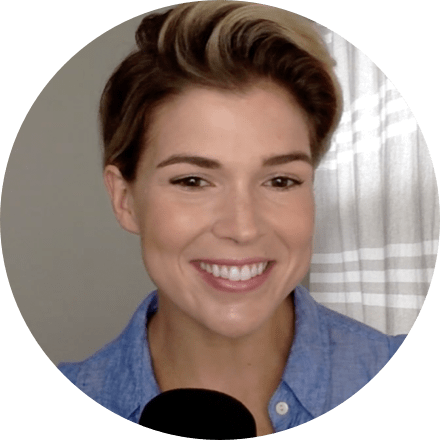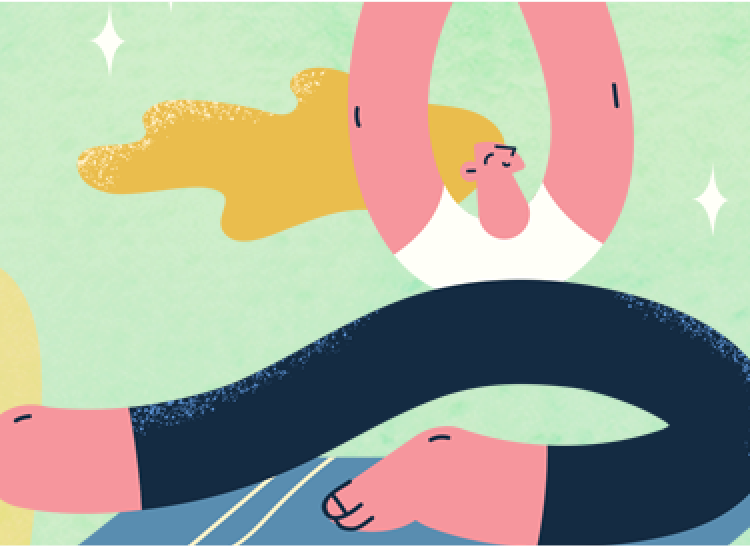Finding a Flow That Fits You
Uncommon Lungs: Beyond the Episode
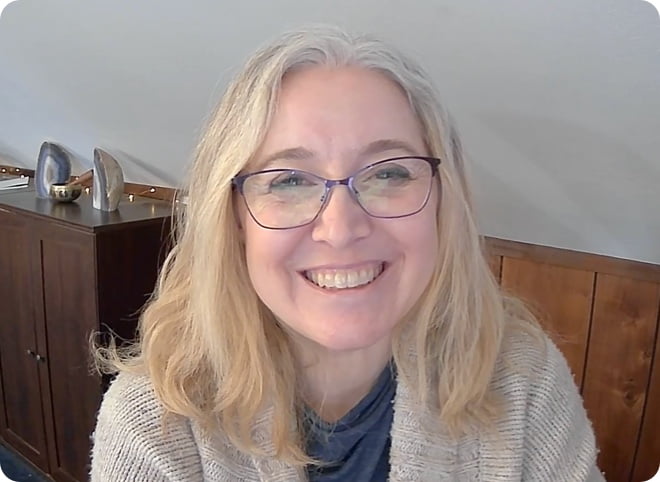
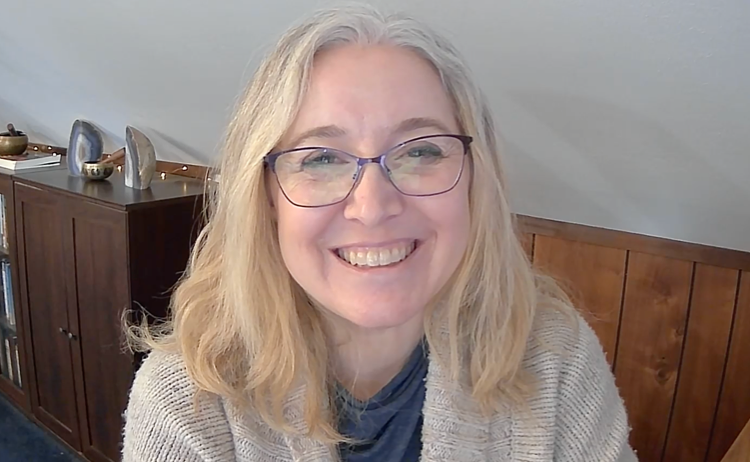
Have you carved out your time for joy today? Learn how to incorporate mindfulness techniques and breathing exercises into your daily routine with opera singer and yoga teacher extraordinaire, Katie.
Remember, this is Katie’s personal experience. It’s important to talk to your care team to determine what’s right for you and your specific CF needs.
Can you give a summary of the mindfulness exercise you led in the “Take a Mindful Moment” episode?
It is a sensory-based mindfulness practice to help establish our presence in the moment and develop our internal awareness of our body, mind, and breath. Here are some steps you can take to do it on your own:
-
Start by quietly observing the place around you. Go to someplace quiet, if possible. It can help to close your eyes if you can, but you don’t have to if you’re uncomfortable with that. Begin to notice the space you’re in with various senses—sound, touch, smell—from whatever environment you happen to be in.
-
Then turn your senses inward, to sounds, temperature, sight, taste—all things happening inside your own body.
-
Diving deeper, tune in specifically to the sensations of the breath, nasal passages, throat, lungs. There’s no right or wrong here. Just letting go of self-judgment so we can simply notice what IS.
-
Finally, turn your awareness to the heart at the center of the chest, feeling the breath create an expansion of the space surrounding your heart.
-
Bring to mind something that prompts a tender feeling—a place, person, pet. Whatever makes your heart swell. As you breathe in, feel that sense of tenderness and gratitude filling the space you’ve created around your heart. As you breathe out, send that gratitude outward to your entire body, all the way out to your fingertips and toes, fueling your entire body with that refreshing spirit.
-
Stay here in this state for as long as you need to, or open your eyes and carry this grounded, joyful sensation with you as you go about your day.
Tell us a little bit about yourself and what led you to begin teaching yoga and founding a virtual studio for the CF community.
I first started doing yoga when a downturn in my health prompted me to make a commitment to myself to exercise at least a half hour every day, no excuses. I joined my local gym and tried all the different classes they had to see what I liked and what I would stick with. Yoga was the thing that kept bringing me back
I found so much benefit from practicing yoga personally, that I decided to take my first yoga teacher training simply so I could practice it safely on my own. That one class changed everything, as I realized that I actually had an ideal skill set for teaching yoga. Fast forward 10 years, and now I’m a yoga teacher with a specialty certificate in trauma-sensitive yoga and over 1,000 teaching hours under my belt.
I decided to create an online yoga studio for people with CF, because yoga made such a huge difference in my own life—physically, mentally, and emotionally. I knew that it could do the same for others with CF. When I heard about a grant program to support ideas from within the CF community, I knew that they were looking for programs like this one. And I honestly believed that if anyone was going to do this, who had the skill set and drive to make it happen, it was going to be me.
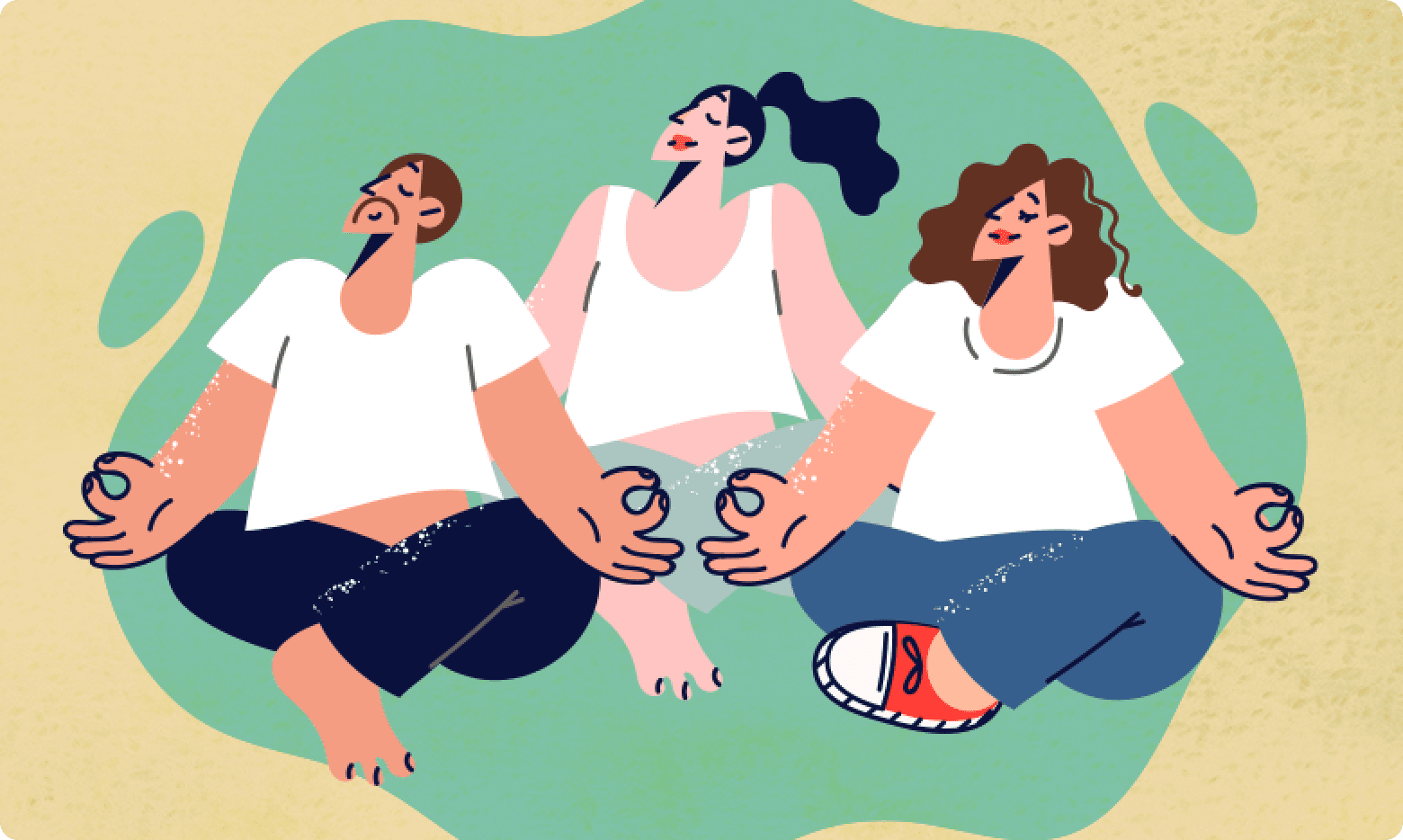
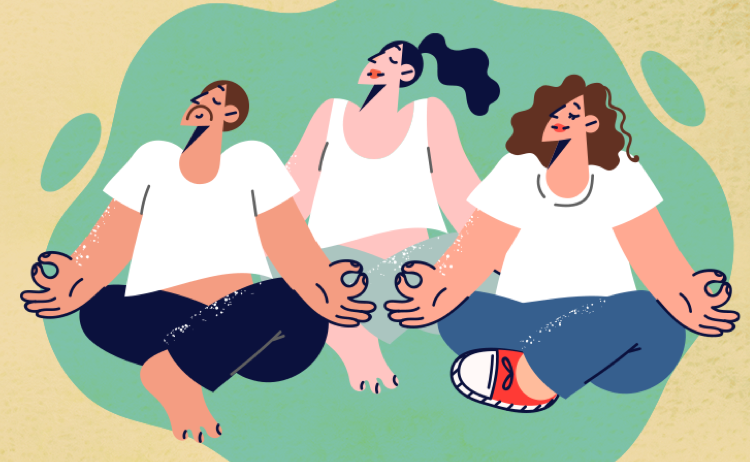
How does teaching yoga to folks with CF differ from a typical yoga class? Are there any poses or breathing exercises you teach that have been particularly useful for your students with CF?
Yoga lends itself well to a focus on breathing, mindfulness in the moment, and staying in tune with your body—all things that are great for people with CF. That said, there are a few things that we emphasize or modify in our CF-oriented yoga classes at our online studio.
-
Start with pranayama (breath practice), always. While many yoga classes do this, we specially make sure that it’s not short-changed, and that it’s done in the spirit of letting go of judgment—in my experience, people with CF can sometimes carry around a LOT of baggage when it comes to the breath, and focusing on it can cause anxious feelings. If you can let that go, then the breath is a wonderful tool for bringing attention into the present moment because it is always there. A three-part breath to expand the neglected areas of the lungs is really popular. Occasionally I’ll spice things up with a bhastrika (bellows) breath, which can produce a result similar to huff coughing—that one really gets things moving!
-
I teach a lot of multi-level classes with pose options and modifications sprinkled in along the way. So I like to poll folks at the beginning of class to see if there are any modifications needed for CF-related (or non CF-related) complications happening that day. The most common ones that we have in class are shortness of breath and acid reflux. If people have shortness of breath, I’ll offer a lot of chest expansion poses and give options that can slow down the pace or keep it closer to the floor rather than big sweeping standing flows. For acid reflux, I’ll omit inverted poses or offer alternatives that keep the head above the heart. For folks with peripherally inserted central catheter (PICC) lines, I give options to avoid upper-body weight bearing. We also have some folks who have continuous glucose monitor (CGM) sensors on the backs of their arms, so I give reminders to be delicate when stretching the triceps, or that little bugger can pop right off!
-
As to favorite/useful poses, a lot of CFers really love the chest expanding and heart-opening backbends. My personal favorite pose is wild thing, which is like a one-legged downward-facing dog, only you lift your leg skyward and then rotate open to the side until your foot touches the ground behind you. It’s just such a joyful pose! But I also love seeing how many CFers want to try more challenging poses like arm balances, when you lift your feet off the ground and your weight is all in your hands. It makes you feel so incredibly capable and powerful. After building core strength and stability for weeks or months, you finally have that “eureka” moment when your feet float off the ground and you’re balancing in space. Everyone with CF deserves to have that “I did it!” moment!

“The self-awareness I gained from yoga really put me in touch with my lungs day-to-day. I noticed changes. I could be more proactive when something didn’t feel right.”
–Katie, a yoga teacher living with CF
How has your yoga routine changed the way you approach other aspects of your life, like your opera career and your CF care?
While I first started practicing yoga for the physical benefits, it was the mental and emotional side of it that changed everything for me. When I walked into my first yoga class, the instructor said, “Let go of judgment, let go of competition. Just be in your own body, here and now.”
Living with CF, and also being an opera singer (as far as I know, I’m the world’s first professional opera singer with CF), this was a revolutionary idea to me. Rather than my breath being measured or judged, here was some place I could simply experience my breath in the moment, and let it be what it would be.
The world of professional singing, particularly the opera world, is insanely competitive. I always battled mentally against the lung capacity issues that CF brought into my singing, and fought hard to not let it get the best of me. As I practiced yoga more and more, this idea of letting go of judgment made its way off the mat, into my music, and into the rest of my life.
Suddenly I was so much more content to let my voice be MY voice, even with all its perceived “weaknesses.” I took so much more ownership over my own performance, and rather than measuring myself against everyone else, I decided to let it be my own unique vocal fingerprint.
Plus, the self-awareness I gained from yoga really put me in touch with my lungs day to day. I noticed changes. I could be more proactive when something didn’t feel right. I could ask my doctors for antibiotic intervention before things got really serious. We ended up proactively scheduling rounds of antibiotics in-between opera productions, since I could tell my lungs needed a bit of help before the production schedule went crazy.


Managing CF can come with a long to-do list. What’s your top tip for bringing intention to daily health-related chores like meal prep, exercising, and doing treatments?
Do your future self a favor, and protect your time. I block out windows on my calendar to hold open for myself. Unstructured time is so important to me, so that I can have some open time for what I WANT to do, and not just let it all be taken up by things I NEED to do. That way life doesn’t feel like one nonstop to-do list.
If I feel uncluttered in my mind, it makes it so much easier to feel generous with my time and do some favors for my future self. Putting my pills in their weekly planner box every Sunday night, setting out my clothes for the next day, whatever it may be, when I see something there ready to go I always say, “Ah, THANK YOU, past me!”
What inspires you most about the CF community?
The more people with CF I know, the more I am impressed by this relentless, abundant creativity that is pervasive in the CF community. I know artists, singers, dancers, writers, engineers, the list goes on. I think the resilience that CF requires of us also gives us a drive, a resourcefulness, and an enthusiasm for making the most of each day. None of us want to waste a year, a day, a second of this life we’re given, so we invest our time in the things and the people that we love. We just want to create something beautiful while we can.

